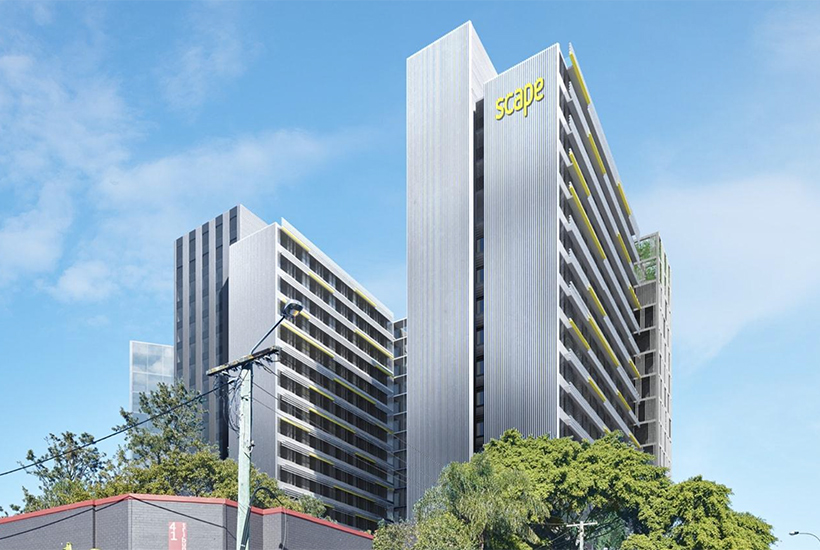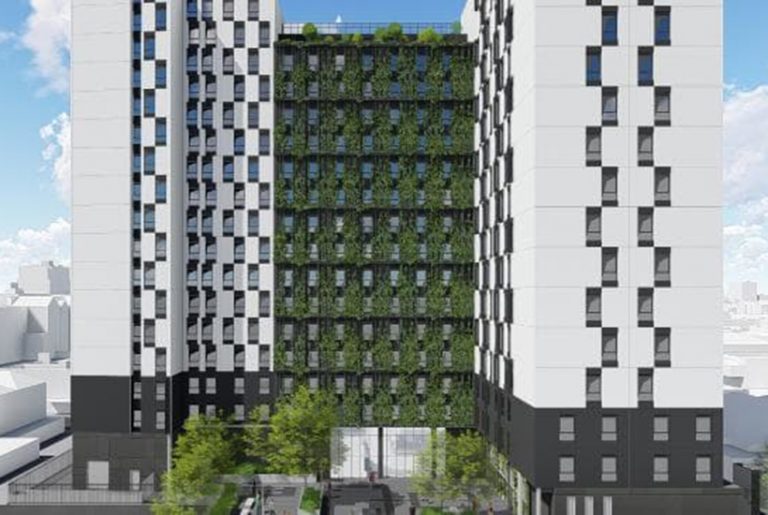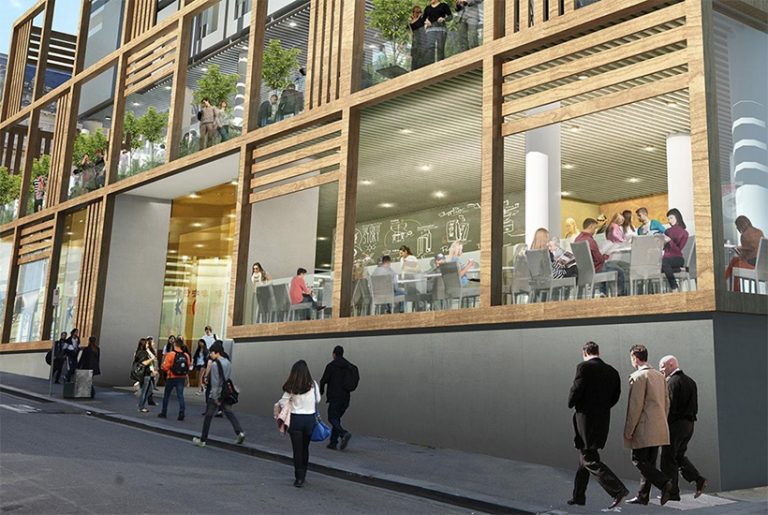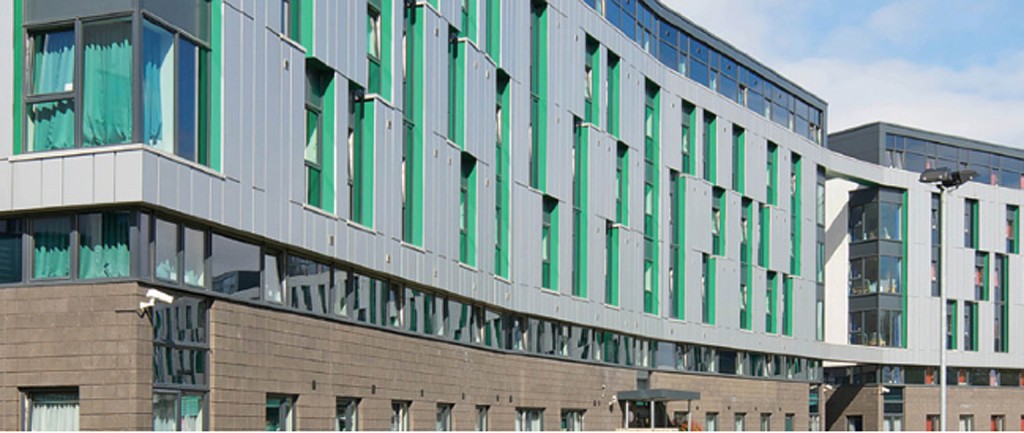Demand drives huge jump in student beds

Continued international student interest in Australia has driven a 14% leap in the number of beds in student accommodation facilities.
Student numbers have hit 86,000 and are likely to reach 100,000 by 2022.
Quality educational institutions and the relative affordability of Australia on the back of the weaker dollar drove the 14.3 per cent lift in 2018.
Commercial Insights: Subscribe to receive the latest news and updates
China is still the No 1 provider of international students, followed by India and Nepal, with Melbourne and Sydney universities the primary beneficiaries, according to real estate company JLL’s annual Australian Student Accommodation Investment Review & Outlook.
JLL’s head of alternative investments Australia, Noral Wild, says there continues to be a compelling investment case for student accommodation. “There is an institutional appetite emerging for prime operational assets, including large portfolio opportunities that allow new entrants in the market to gain immediate scale,” Wild says.
“The market penetration rates of PBSA (purpose-built student accommodation) in most Australian cities is still lower than many global markets, with considerable scope to grow market share.”
Penetration levels in the Sydney and Melbourne markets are some of the lowest in the country, at 9.3% and 9% respectively, despite being the most popular markets for students.
A lack of suitable sites in Sydney’s inner suburbs, where a majority of stock is located, has led to a smaller pipeline, with 1283 beds expected to be added to the city’s total of 19,441 between 2020 and 2022. The pipeline is stronger in Melbourne, with 2800 beds coming online this semester from four projects, adding to the city’s total of 26,668 beds.
An additional 7000 beds are likely between 2020 and 2022.
PBSA is most popular in Canberra, with a penetration rate of 28.7%, due to stronger demand from interstate domestic students.
The growth in beds in Brisbane since 2016 has been significant, up 75% to 16,250. With a penetration rate of 15.5%, several projects in the pipeline have been deferred or scaled back to allow the present supply to be absorbed.
“The supply pipeline has caused some concern of potential oversupply in some locations in the short term. (But) demand for PBSA in Australia is still expected to grow and be driven by the low penetration rates compared to global markets, and a number of demand drivers including economic conditions and increasing student numbers,” Wild says.
Growth in the sector will likely mean developers put greater diversity into their offerings.
This article originally appeared on www.theaustralian.com.au/property.







